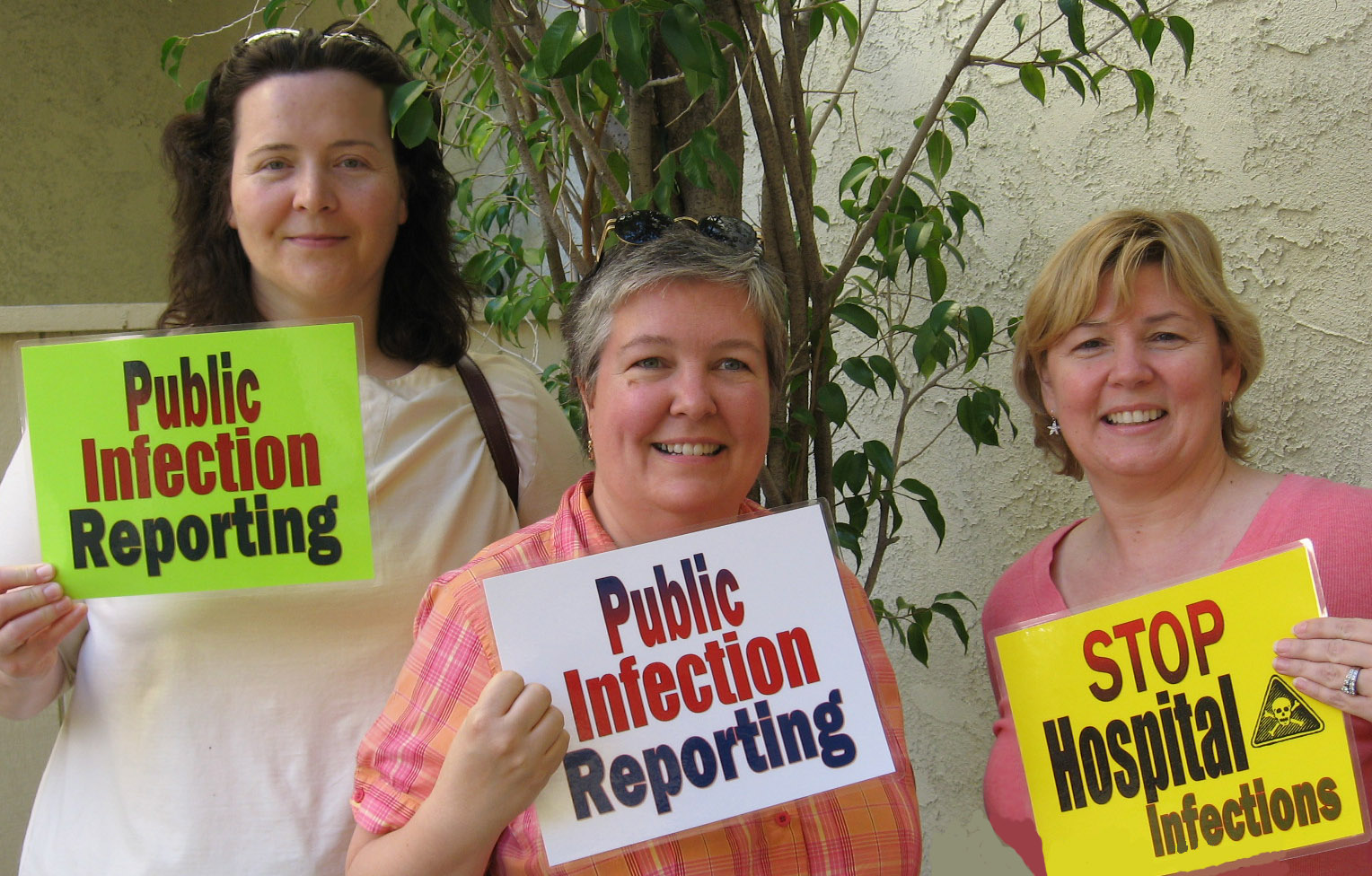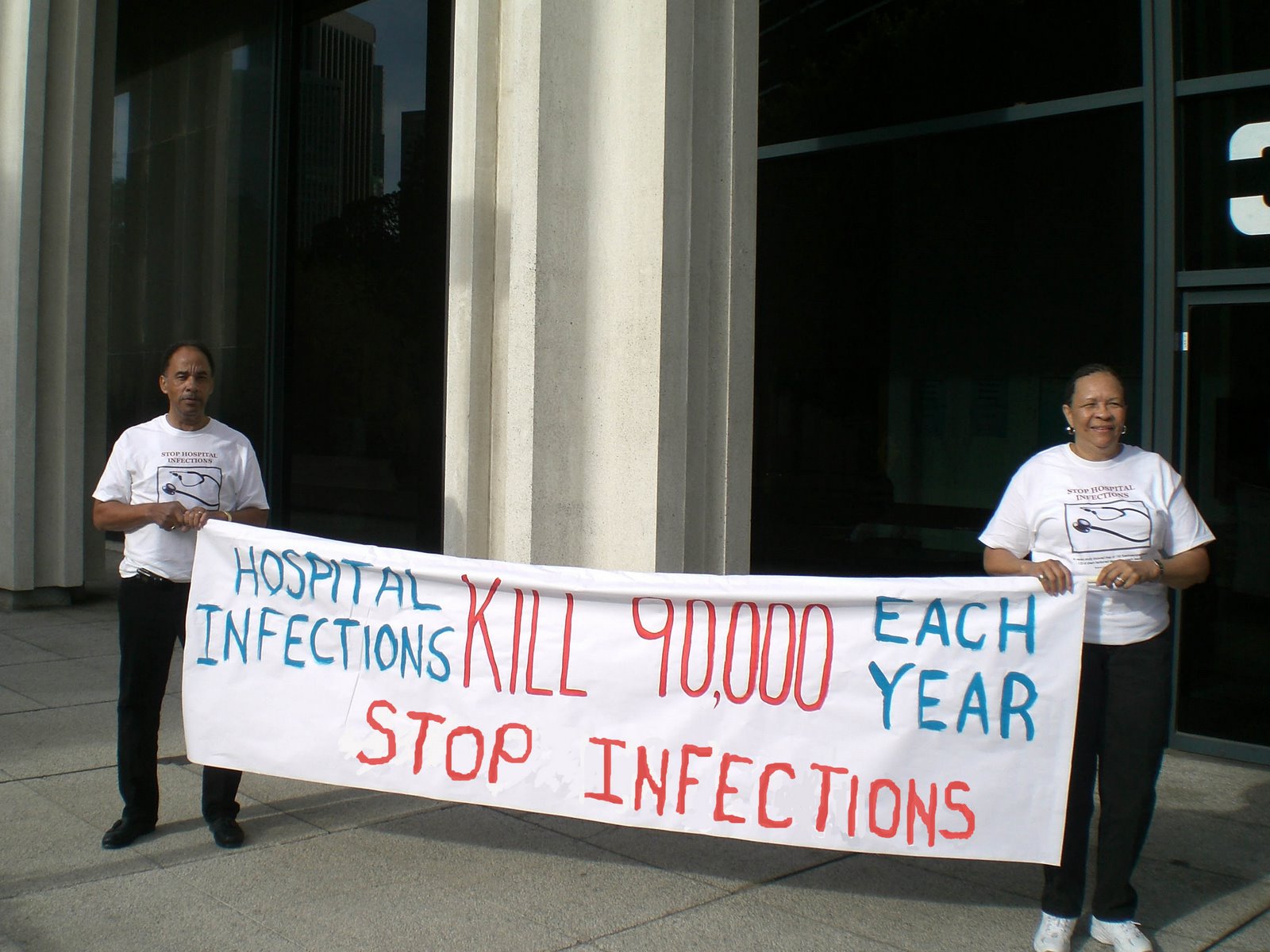Howard Fischer Capitol Media Services Arizona Daily Star | Posted: Tuesday, October 19, 2010 12:00 am | Comments
PHOENIX - A special panel studying how to cut down on hospital infections that kill 2,000 Arizonans a year is looking at solutions - everything short of actually telling would-be patients which hospitals have the worst record.
"It's more important to focus on prevention efforts in hospitals and other health-care organizations than it is to report rates," said Kris Korte, a member of the committee. She also is a nurse in charge of infection prevention at Banner Thunderbird Medical Center.
Korte acknowledged there's a more basic reason why hospitals oppose any sort of public reporting. She said patients would not understand the data.
"Infection rates are very difficult to explain to people that are not involved in creating those rates," she said.
State Health Director Will Humble, who said more Arizonans die from infections they get in hospitals than from motor-vehicle accidents, said he isn't going to push for a change in state law to make this kind of information available. That means not only is the public denied access to the information, but it's not provided to his own agency, either.
Humble said given the size and complexity of his agency, he has to "rely on stakeholder groups" to analyze problems and make recommendations to him.
"I'm not in a position to second-guess the committee," he said.
Humble said he understands the desire to have options on where to have a procedure performed to have access to that kind of information.
"On an intuitive level, it does make some sense to report," he said. But Humble said he told committee members to find what works elsewhere to bring down infection rates.
He said some of what the panel learned is that most of the effective infection-control practices are "really low-tech and simple." They're also inexpensive.
"It's things like doing a better job of hand washing, both surgeons but also the nursing staff," Humble said.
"It's paying attention to details when you're doing central lines" designed to provide medications directly into a patient's blood vessel, he continued. And it includes trying to prevent infection on cutting into the body, like swabbing anti-bacterial cream onto surgical patients.
And public disclosure?
"The data suggest that, in fact, it's not the most effective tool at driving down infection rates within hospital and health-care facilities," Humble said. "What I want to do is focus on those things that actually work."
But the Committee to Reduce Infection Deaths, headed by former New York Lt. Gov. Betsy McCaughey, reports that Arizona appears to be in the minority in keeping this information from the public.
It reports on its website that 27 states have laws requiring public reporting of what are formally known as "health-care-acquired infection rates." That allows, for example, New York residents to view a 135-page report that shows each hospital's rate of infection for various medical procedures.
Two other states have confidential reporting to state health officials.
Shoana Anderson, deputy chief of the health department's Bureau of Epidemiology and Disease Control, said raw data could be misleading.
"Some hospitals that are large research-level hospitals tend to get patients that are more ill," she said, at least in part because they are better capable of taking care of those people. Anderson said there needs to be a baseline that takes factors like that into account "to make sure you're comparing apples to apples."
Even without disclosure, Humble said there is financial pressure on hospitals to control infection rates because the federal government, which is increasing the paying for health care for the poor and the elderly, has "a big interest in driving down what the costs are."







